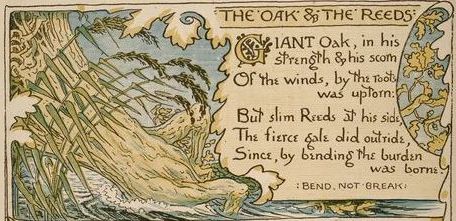
- Did you know that you can use the advanced search function at the SEC’s EDGAR database to track some of the losses in the business world from the Consumer Product Safety Improvement Act? (h/t Sunny Day Notes). Thus the Dollar General chain reveals in a 10-k filing that it took a charge of $8.6 million due to the sudden loss of value of merchandise early this year when a court reinstated CPSIA’s retroactive ban on phthalates in children’s playthings. Mark Riffey also suggests Google searches combining 10-K with CPSIA. (More on the countable costs).
- “A Quick Guide To What’s Wrong with the CPSIA” by leading reform activist Rick Woldenberg is more a jumping-off point for discussion than a finished bill of particulars — it doesn’t bring up the needless burdens of the law’s testing regime, for example. And it argues for more reasonable implementation without really taking issue on principle with the wisdom of the law. But it does have the advantage of being couched in the sort of Washington language a legislative staffer might be willing to take to colleagues.
- Speaking of quick guides, Carol Baicker-McKee has done up a two-page fact sheet on the need to fix CPSIA before it does more harm on the vintage-books front. Valerie Jacobsen polled both sellers and buyers in the homeschool market for used children’s literature and found that nearly all the buyers, and for the time being most of the sellers, were ignoring the CPSC guidelines that discourage most resale of pre-1985 volumes. Deputy Headmistress had a great post last month summing up reactions on the vintage-books front from David Niall Wilson, Amy Ridenour, Zodi @ Tim & Zodi, and less admirably, Consumer Reports/Consumers Union (which seems to be perfectly fine with the law’s effects). And did you know there’s a displayable sidebar widget of “CPSIA Endangered Books” based on the Flickr group with that theme?
- I am sorry to say I believe the story Jacobsen told at her site last month:
I just had an interesting conversation with Jared at the Senate Commerce Committee at 202-224-5115. Jared told me that the Commerce Committee had been unaware that pre-1985 children’s books (he knew about that restriction already) would still have commercial importance and ongoing value for children’s use. … Jared asked a lot of questions and twice expressed that it was new information “to the Committee” that these books still have any market importance.
The comments section to that post is a particularly good one for those interested in the fate of vintage children’s books or in the attitudes widely held on Capitol Hill; see also Deputy Headmistress.
- Not a good sign: the Obama/Biden campaign took a simplistic “ban ’em all” view on CPSIA issues in its document “Barack Obama: A Champion for Children” (PDF) And (h/t Mark Riffey) it was two and a half years ago that Rep. Henry Waxman and then-Sen. Obama reached for headlines by blasting the U.S. Capitol gift shops over its sale of trinkets and souvenirs containing lead — no need for careful distinctions about which such items if any might present actual, material hazards and which do not. (Dec. 11, 2006 announcement).
- Rain boots, buttons, Dr. Seuss: What passed and what didn’t when the owner of a Chicago-area resale store did x-ray fluorescence (XRF) testing to detect lead levels in many vintage kids’ products [From My Room]
- Pete Warden’s neat Mailana venture (among other functions) will analyze a group of Twitter connections to detect patterns. It indicates that of the 1,300+ persons now following @walterolson on that service, the two most distinctly identifiable social clusters are toymakers and lawyers. I feel torn sometimes between the North Pole and a hot place.
Public domain image courtesy ChildrensLibrary.org: Walter Crane, illustrator, The Baby’s Aesop (1887)

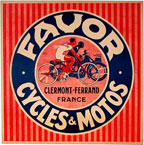 But we shouldn’t let the bike dealers
But we shouldn’t let the bike dealers 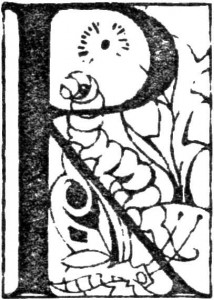

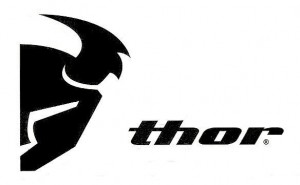
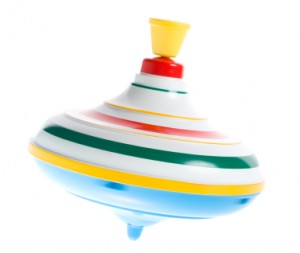
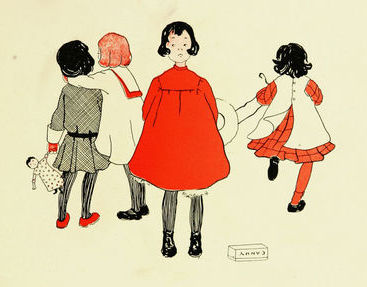 Which particular decisions, one wonders, would have turned out differently had some new appointee been installed in the vacant third seat, as Rep. Henry Waxman is reputedly demanding as a precondition for even considering hearings on the law? Woldenberg makes the same point today in a Chicago Tribune
Which particular decisions, one wonders, would have turned out differently had some new appointee been installed in the vacant third seat, as Rep. Henry Waxman is reputedly demanding as a precondition for even considering hearings on the law? Woldenberg makes the same point today in a Chicago Tribune